Zero Trust Architecture: Why Your Business Needs to Trust Less to Stay Secure

It’s 8:17 a.m. on a Monday.
You log in from your usual spot—coffee in hand, inbox already flooding. You don’t know it yet, but someone else logged into your company’s system at 3:46 a.m. from a different city. Different device. Different intentions.
They didn’t break in.
They used real credentials—possibly stolen from a vendor or a quiet phishing campaign that had occurred six weeks ago.
And now they’re inside.
This isn’t a one-off. It’s the norm.
Today’s cyberattacks don’t break down the door. They unlock it.
Why Zero Trust Is No Longer Optional: The Death of the Castle-and-Moat
For decades, cybersecurity worked like a castle-and-moat system. You built strong walls (firewalls), secured the gate (VPNs), and trusted anything inside.
But your workplace isn’t a castle anymore.
Your team works remotely, often on personal devices. Your data lives in the cloud. Your apps are SaaS-based. Your vendors have access to your systems.
The moat dried up.
Zero Trust Architecture (ZTA) is the answer to this fractured reality. Instead of assuming safety inside the network, it assumes the opposite:
Trust no one. Verify everything. Always.
But how does this actually work? Let’s break down the engine behind ZTA.
The Core of Zero Trust: Identity, Context & Least Privilege
Think of Zero Trust as a passport control system for your data. Every request—whether from a CEO or a contractor—is treated like a traveler crossing a border. Here’s what that looks like:
- Identity Verification
– Multi-factor authentication (MFA), biometric checks, and single sign-on (SSO) ensure the person is who they claim to be. - Contextual Access
– Logging in from a trusted device at 9 a.m.? Green light.
– Accessing financial records from a new country at midnight? Red flag. Block. Investigate. - Least Privilege
– No more “full admin rights just in case.” Users get what they need. - Continuous Monitoring
– Trust isn’t a one-time stamp. ZTA watches for lateral movements, shadow IT, and suspicious downloads—24/7.
But here’s the question: Does ZTA actually help businesses or just add complexity?
Real-World Value: Security That Doesn’t Slow You Down
At Clear Vision Global, we’ve deployed Zero Trust for both startups and enterprises. The results? Security and business continuity aren’t enemies—they’re partners.
- Identity Verification
- Multi-factor authentication (MFA), biometric checks, and single sign-on (SSO) ensure the person is who they claim to be.
2. Contextual Access
- Logging in from a trusted device at 9 a.m.? Green light.
- Accessing financial records from a new country at midnight? Red flag. Block. Investigate.
3. Least Privilege
- No more “full admin rights just in case.” Users get what they need.
4. Continuous Monitoring
- Trust isn’t a one-time stamp. ZTA watches for lateral movements, shadow IT, and suspicious downloads—24/7.
Most importantly?
You stop relying on hope. You start relying on proof.
But how do you turn this philosophy into action? Let’s get tactical.
What Implementation Looks Like: A Step-by-Step Journey
Zero Trust isn’t a product—it’s a mindset. You don’t need to rebuild everything overnight. Here’s how we guide clients:
- Discovery: Map your infrastructure, shadow IT, and user behavior. Find the cracks.
- Strategy: Define risk zones, least-privilege policies, and escalation protocols.
- Implementation: Roll out MFA, device checks, and monitoring tools—layer by layer.
- Review: Adapt policies based on real-world threats and user feedback. Never static.
But wait—won’t employees hate this?
The Human Side of Zero Trust: Security Without Micromanagement
You might worry, “Zero Trust sounds like a paranoid guard breathing down my team’s neck.”
It’s the opposite.
Done right, ZTA works like air traffic control:
- Invisible until there’s a risk.
- Smart enough to distinguish routine work from a hijacked account.
- Empowering—no more password resets or locked files for legitimate users.
It’s not about distrusting your team. It’s about distrusting the chaos of modern IT.
Ready for Real Protection? Start Where You Are
Your network has no walls. Your data has no borders. And cybercriminals aren’t slowing down.
Zero Trust is how you stay ahead.
At Clear Vision Global, we help businesses build security that doesn’t just protect—it enables. You don’t need a fortune to start. Just two things:
- The willingness to question old assumptions (like “internal = safe”).
- A partner who’s done this before.
Let’s make “trusted” mean something again.


